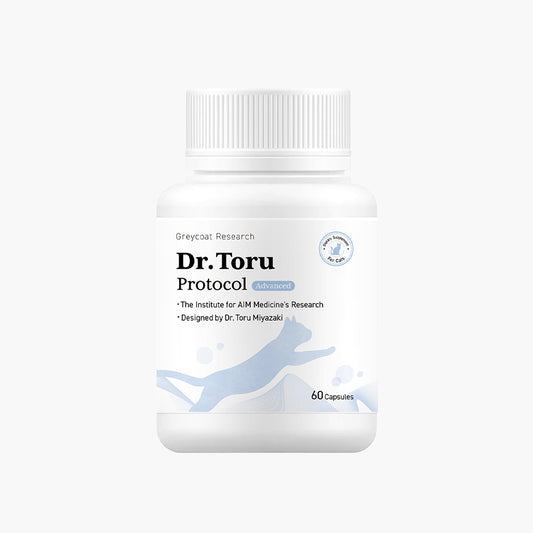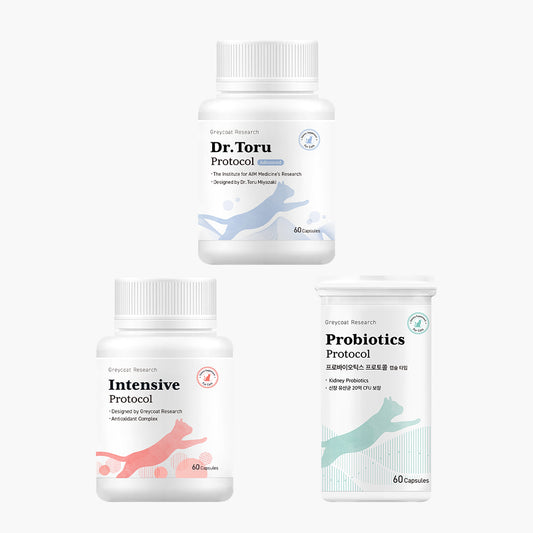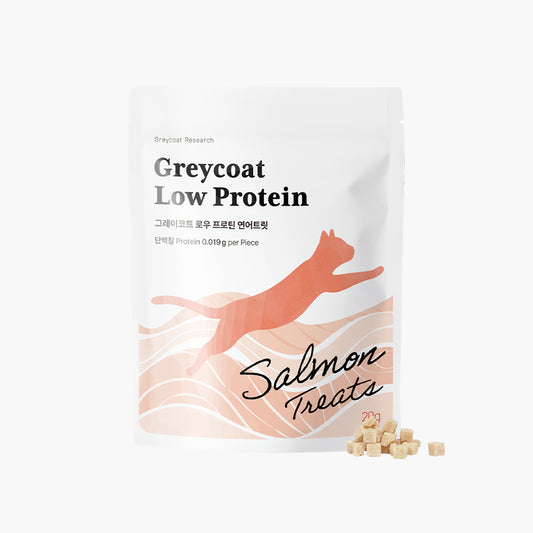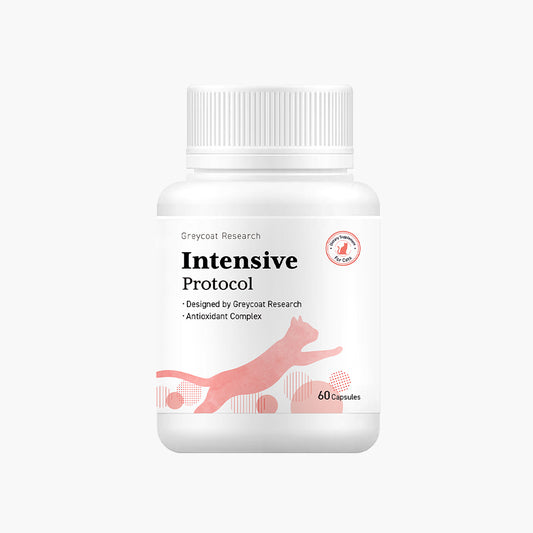
📌 Since 2024, Greycoat Research has provided personalized 1:1 consultations for over 1,500 cats with stage 2 and 3 kidney disease worldwide.
Based on clinical data and real-life caregiver experiences, we offer science-based and practical solutions for managing feline kidney disease.
One of the most frequently raised concerns during our consultations is:
“My cat doesn’t like to drink water.”
Today, we’ll introduce 5 proven hydration strategies that have helped many cats and caregivers—and take a closer look at how to help your CKD cat drink more water.
💧 Why is Hydration So Important?
Cats with kidney disease cannot properly filter waste and toxins, and they tend to lose excessive amounts of water through urine.
This can lead to dehydration, loss of appetite, vomiting, constipation, and electrolyte imbalances.
Therefore, hydration is more than just drinking water—it’s a core management strategy that supports kidney function and helps maintain overall stability.
✅ Daily Hydration Guidelines
Cats with CKD are recommended to consume approximately 50ml (1.7 fl oz) of total fluids per kilogram of body weight per day.
This includes drinking water, moisture from food, and other supplemental sources like lickable treats mixed with water.
| Weight | Recommended Fluid Intake |
| 3kg (6.6lbs) | Approx. 150ml (5.1 fl oz) |
| 4kg (8.8 lbs) | Approx. 200ml (6.8 fl oz) |
🍽 Don’t Forget the Moisture in Food
| Food Type | Average Moisture Content | Fluids per 100g (approx 3.5oz) |
| Dry Food | About 8-10% | 8-10ml (0.3 fl oz) |
| Wet Food | About 75-80% | 75-80ml (2.5-2.7 fl oz) |
※ Dry food contributes very little to hydration. Even wet food alone is often insufficient—additional hydration strategies are essential.
💡 5 Practical Strategies to Encourage Hydration
🥣 1. Add Water to Wet Food
Mix wet food with water in a 2:1 or 1:1 ratio to increase fluid intake naturally while keeping your cat’s feeding routine consistent.
Example: 50g(1.76 oz) of wet food + 25–50ml (0.85–1.7 fl oz) of water
→ Gradually adjust the ratio based on your cat’s response.
🍮 2. Offer Water as a Treat Using Lickable Treats
Mix your cat’s favorite lickable treat with water to create a reward-based hydration method.
Basic ratio: 3–5g(approx. 0.1–0.2 oz) of treat + 20–30ml (0.7–1.0 fl oz) of water
→ Offering this 2–3 times a day can provide an additional 60–100ml (2.0–3.4 fl oz) of fluids.
Gradually decrease the treat portion and increase water to help your cat get used to drinking water itself.
🌡 3. Offer Warm Water 38~40°C (100–104°F)
Cats are sensitive to water temperature.
Lukewarm water (close to body temperature) enhances aroma and is often more palatable.
Try offering warm water first thing in the morning or after meals for greater effect.
🍶 4. Use Wide, Transparent Bowls in Multiple Locations
Transparent glass bowls reflect light and may stimulate a cat’s visual curiosity, encouraging more frequent drinking.
Placing bowls in well-lit areas like near sunlight or lamps can enhance this effect.
Cats often dislike narrow bowls that touch their whiskers.
→ Choose wide, stable bowls that don’t press on their whiskers.
→ The bowl doesn’t need to be shallow, but it should be easily accessible.
Tips:
- Use clear glass bowls
-
Clean bowls at least once daily
- Place 2–3 bowls in quiet areas away from food dishes
⛲ 5. Let the Faucet Drip – One Drop Every 1–2 Seconds
Cats are instinctively drawn to flowing or dripping water.
Setting a faucet to drip slowly (one drop every 1–2 seconds) can turn it into a playful hydration source.
Tips:
-
Set up near areas your cat frequents (e.g., sink or bathroom)
-
Ensure it’s safe to leave on at night
- Cat fountains are also effective tools. Continuous water movement attracts interest and encourages more frequent drinking.
🩺 If Hydration Is Still a Challenge → Consider Subcutaneous Fluids with Veterinary Supervision
If your cat continues to struggle with hydration despite all efforts, your vet may recommend subcutaneous fluids (fluid injections).
Even at stage 2 CKD, fluids can provide significant support.
Early intervention is especially important if your cat experiences recurring symptoms like:
- Dehydration
-
Loss of appetite
-
Vomiting
- Signs of uremia
※ Never attempt subcutaneous fluids at home without veterinary guidance.
✅ Final Thoughts
Hydration is the foundation of CKD care.
Try a variety of methods tailored to your cat’s preferences and track their response.
Finding the right hydration routine can make a meaningful difference in your cat’s long-term health.
Small actions can play a decisive role in managing feline kidney disease.






